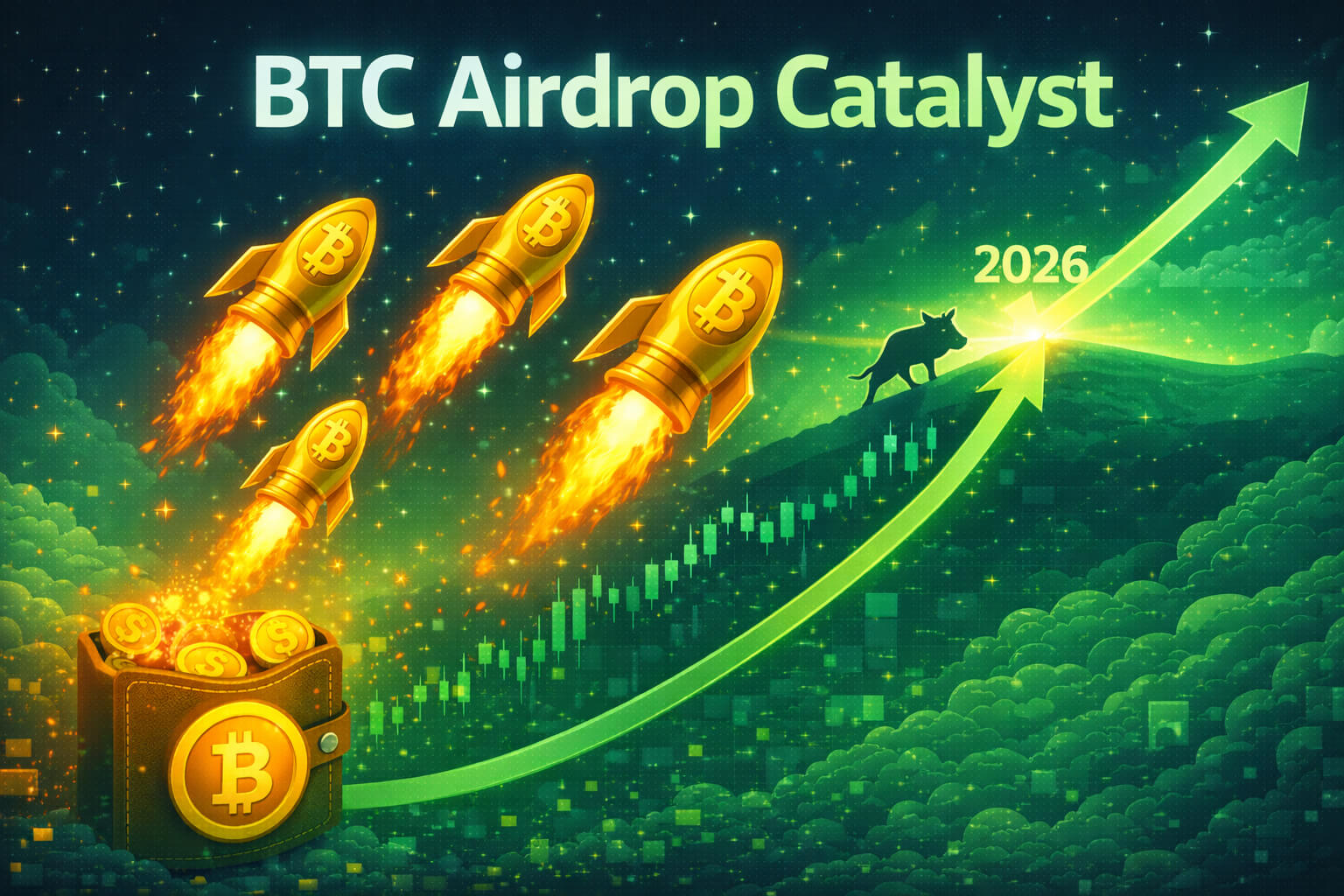The gaming industry has always been a space for fun, competition, and community. But with the rise of play-to-earn (P2E) crypto games, gaming has evolved into a new frontier where players can earn real money by simply playing their favorite games. Thanks to blockchain technology and the concept of digital ownership, gamers can now earn cryptocurrencies and NFTs as rewards, creating an entirely new way to monetize time spent gaming.
In this article, we’ll explore the world of play-to-earn crypto games, how they work, which games are leading the charge, and why this trend is reshaping both the gaming and blockchain industries.
1. What Are Play-to-Earn Crypto Games?
Play-to-earn (P2E) crypto games allow players to earn cryptocurrencies or NFTs (non-fungible tokens) by participating in various in-game activities. These activities can range from completing quests, winning battles, crafting items, or trading valuable in-game assets.
Unlike traditional video games, where the rewards are locked within the game and typically hold no real-world value, P2E games give players full ownership of the digital assets they earn. These assets can be traded or sold on blockchain platforms, providing real-world monetary value.
Key Features of Play-to-Earn Crypto Games:
- Ownership of In-Game Assets: Players own the digital items they acquire in the form of NFTs, giving them the ability to trade, sell, or hold them as investments.
- Earn Crypto While Playing: Players can earn cryptocurrency through gameplay, which they can convert to fiat currency if desired.
- Decentralized Economy: Many P2E games operate on decentralized networks, allowing players to participate in an economy where they have direct control over their earnings and assets.
2. How Do Play-to-Earn Games Work?
P2E crypto games are typically built on blockchain platforms that support cryptocurrencies and NFTs. The integration of blockchain allows these games to offer transparent ownership, scarcity of items, and decentralized control. Here’s how these games generally work:
a) Blockchain and NFTs
Most P2E games operate on popular blockchains such as Ethereum, Binance Smart Chain, or Polygon, where in-game items are represented as NFTs. These NFTs are unique, verifiable, and tradable on open marketplaces, making them valuable both in and outside the game.
b) Earning Cryptocurrency
Players earn cryptocurrencies through various gameplay actions, such as winning battles, completing tasks, or selling their NFTs. The earned crypto can often be withdrawn to an external wallet or traded for other cryptocurrencies.
c) Tokenized Game Economies
Many P2E games have their own native tokens that fuel the in-game economy. These tokens can be earned through gameplay or bought on exchanges. Players can use these tokens to purchase in-game items, enhance their characters, or trade them for real money.
3. Popular Play-to-Earn Crypto Games
Several P2E crypto games have gained massive popularity in the gaming world, attracting players from around the globe who want to earn while they play. Let’s take a look at some of the leading games in this space.
a) Axie Infinity
Axie Infinity is arguably the most famous P2E game to date. Players earn Smooth Love Potion (SLP) tokens by breeding, battling, and trading creatures known as Axies, which are represented as NFTs. These Axies can be sold or used to earn more tokens in the game.
- Key Feature: Axie Infinity allows players to breed and battle their Axies, earning SLP tokens in the process. These tokens are easily tradable for real-world money, and the game has a massive, active community.
b) The Sandbox
The Sandbox is a decentralized virtual world where players can build, own, and monetize their gaming experiences using SAND tokens. Players can create unique assets as NFTs, which they can trade or use within the game to earn more rewards.
- Key Feature: The Sandbox offers a metaverse experience, allowing players to build virtual worlds, engage in adventures, and trade land or assets, all while earning SAND tokens.
c) Decentraland
Decentraland is another metaverse-based P2E game where players can own virtual land and create digital experiences. Using MANA tokens, players can buy, sell, and trade virtual real estate, build custom content, and host events for other players to attend.
- Key Feature: Decentraland allows players to monetize virtual real estate, where they can rent or sell land, create attractions, or even set up businesses in the virtual world.
d) Gods Unchained
Gods Unchained is a free-to-play trading card game where players can earn and trade cards as NFTs. By winning battles, players earn GODS tokens, which they can use to enhance their decks or trade on the open market.
- Key Feature: Gods Unchained lets players own their card collection as NFTs, providing full control over how they use or trade their cards to earn cryptocurrency.
4. The Advantages of Play-to-Earn Crypto Games
The rise of P2E crypto games has introduced a range of benefits for both players and developers. Let’s look at some of the key advantages:
a) Monetizing Gameplay
Perhaps the biggest benefit is that players can now monetize their gaming time. In traditional games, the hours spent playing often do not yield real-world value. With P2E games, players can earn crypto or valuable NFTs, which can be sold for profit.
b) Ownership of Assets
In P2E games, players have full ownership over their in-game items. Whether it’s a rare sword or a custom avatar, these items are represented as NFTs and can be sold or traded, unlike traditional games where in-game assets are locked to the platform.

c) Decentralized Economies
Many P2E games operate on decentralized platforms, where players have more control over the economy. Players can trade assets freely, and the game developers do not act as gatekeepers over the items or currency.
d) Community Engagement
P2E games often foster vibrant communities where players can collaborate, trade, and strategize. These communities create a deeper sense of engagement, as players are not just participating for fun but also for financial rewards.
5. The Challenges and Risks of Play-to-Earn Crypto Games
While P2E games offer many exciting opportunities, they also come with challenges and risks.
a) Market Volatility
The value of cryptocurrencies and NFTs earned in these games can be highly volatile. A sudden drop in the price of a game’s native token could significantly reduce the value of a player’s earnings.
b) Security Risks
Since these games are built on blockchain technology, they are susceptible to hacking or scams. Players must be cautious with their digital wallets and ensure they are using secure platforms.
c) Entry Costs
Some P2E games, like Axie Infinity, require players to purchase NFTs or tokens before they can start earning. The cost of entry can be high, especially if the game’s assets become highly valuable.
Conclusion: The Future of Play-to-Earn Crypto Games
The rise of play-to-earn crypto games marks a significant shift in how we view gaming. No longer are games just for entertainment — they are now platforms for earning real-world value. As blockchain technology continues to evolve and more developers enter the space, we can expect P2E games to become more sophisticated and offer even more earning opportunities.
However, players must approach these games with caution, understanding the potential risks of volatility and security. That said, P2E gaming has the potential to revolutionize both the gaming and blockchain industries, offering new ways to play, earn, and engage with digital worlds.
For more insights on crypto gaming trends and the latest developments in blockchain technology, visit our Cryptocurrency News Section.
Stay Updated
For the latest updates on play-to-earn games, blockchain gaming, and crypto trends, follow us on:
Stay informed with the latest strategies in crypto gaming at FreeCoins24.io.
Special Offer
Ready to explore the potential of blockchain-based AI solutions? Sign up on Bybit today and claim up to $30,000 in deposit bonuses. Start your journey in the innovative world of crypto and AI!

















